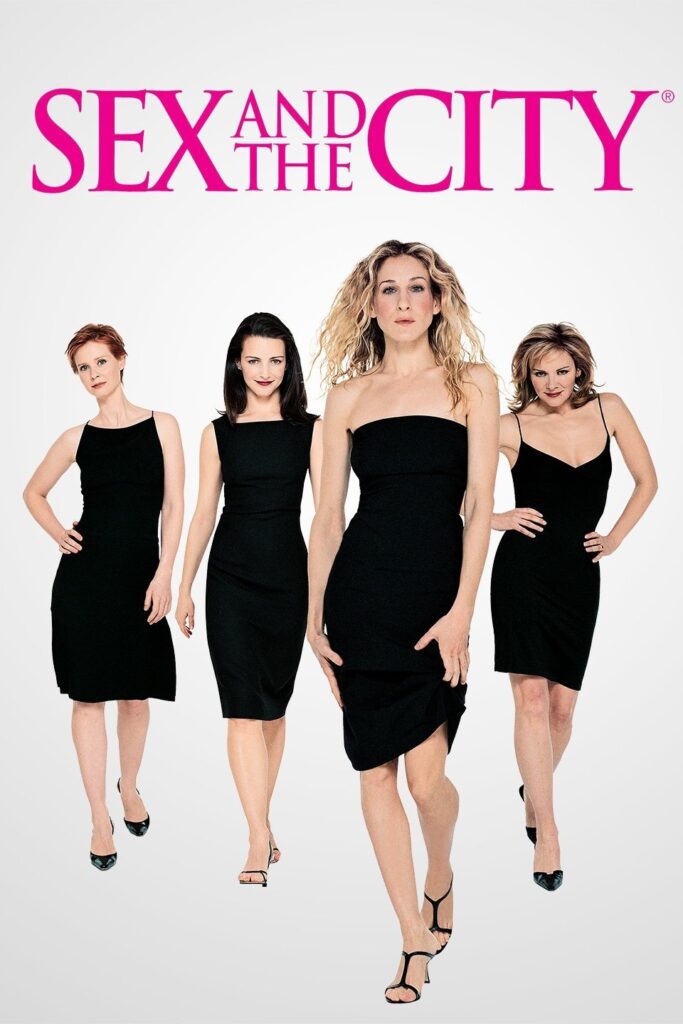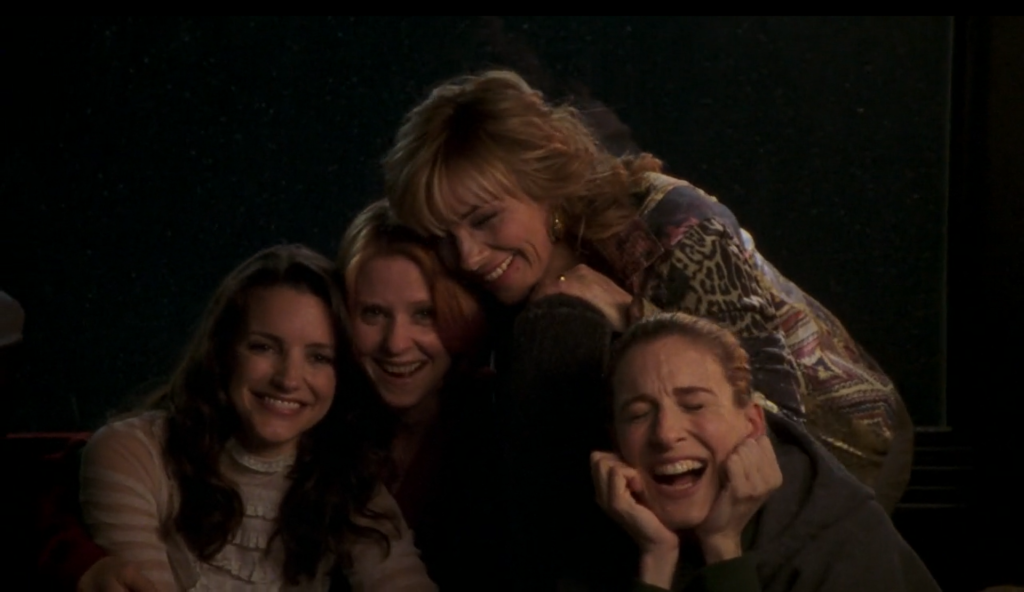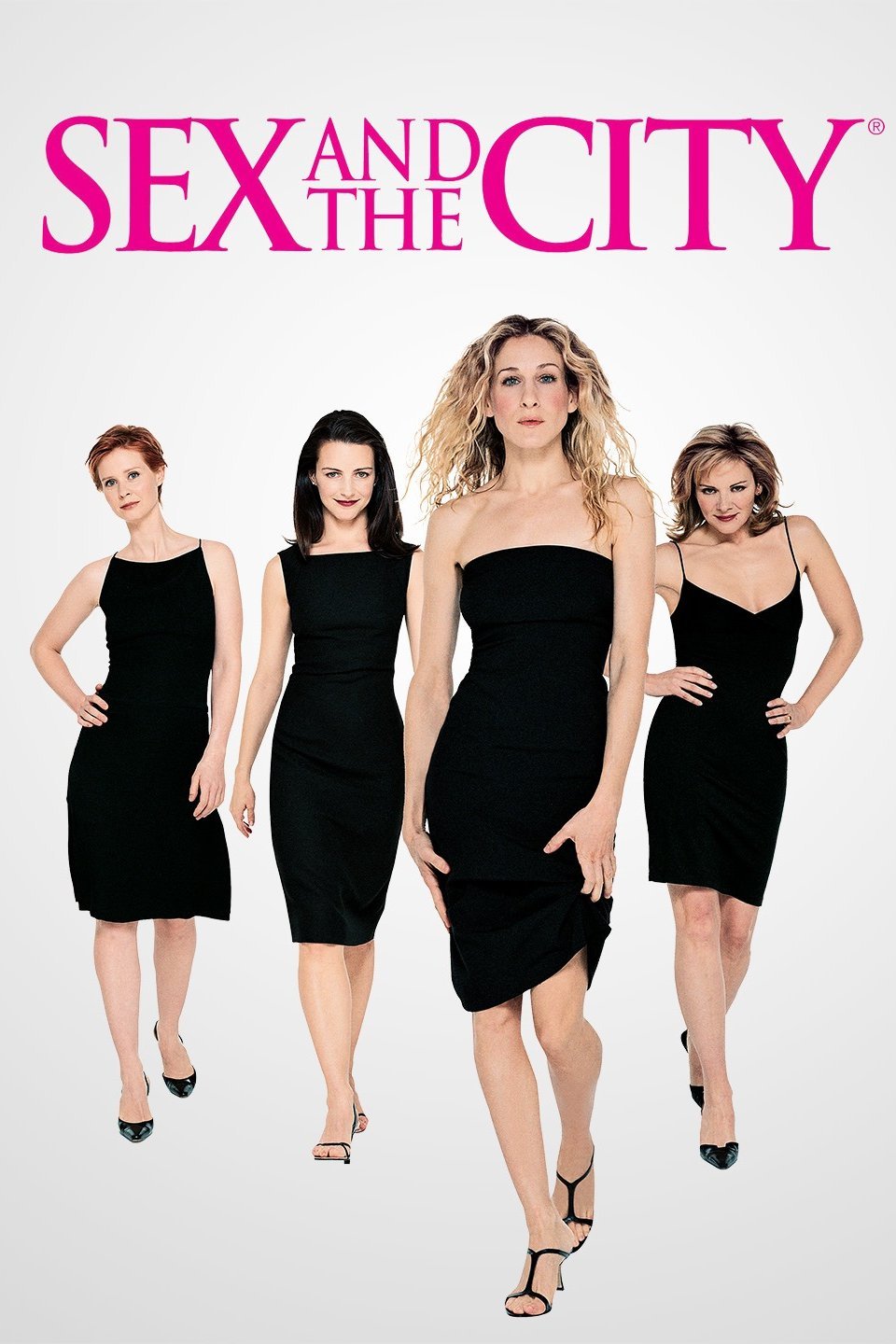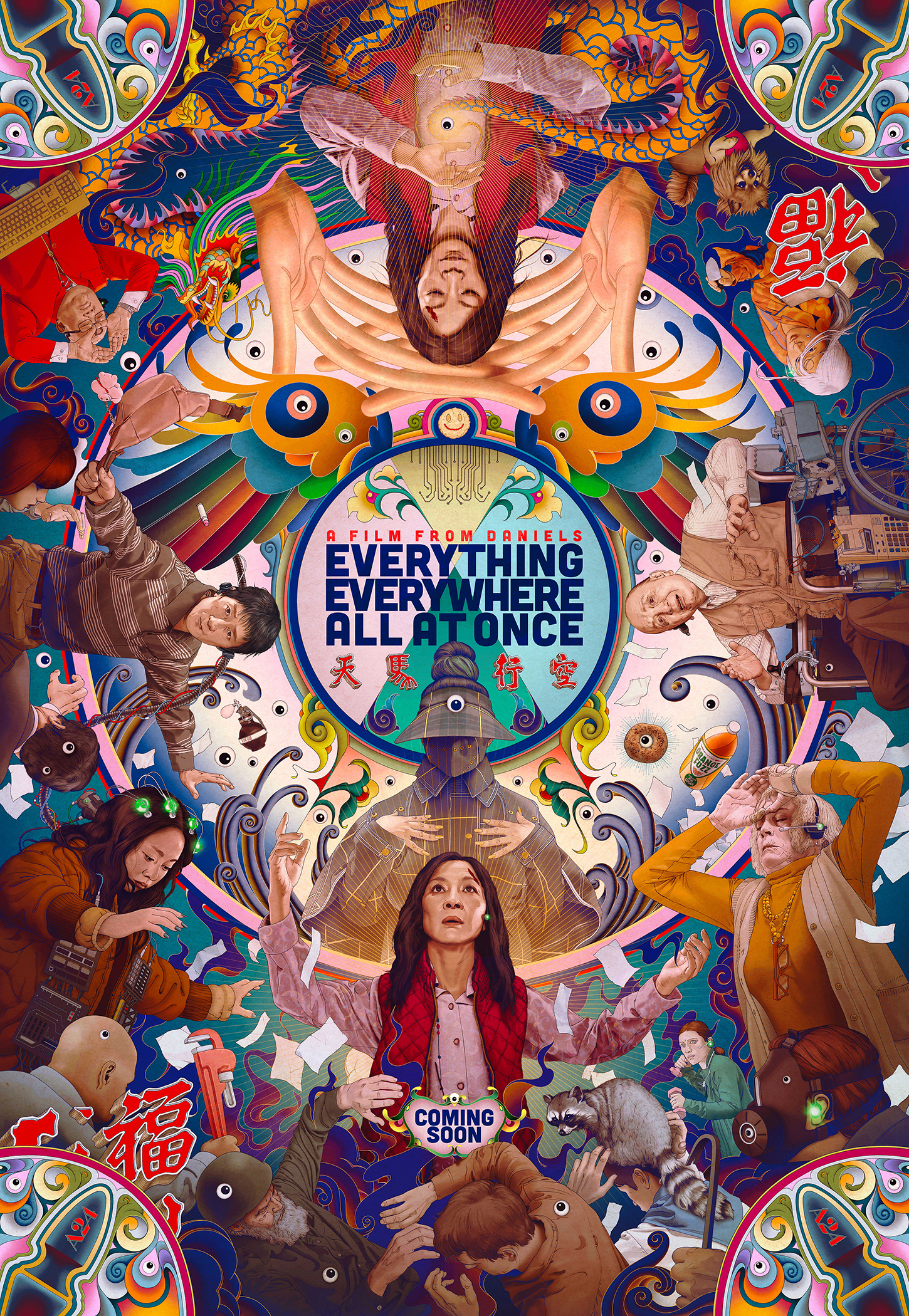
Sex and the City, adapted from the book by Candace Bushnell and produced by HBO and Darren Star Productions, has undergone several revivals since the show ended in 2004 following six seasons. Premiering in 1998, the series was quintessential primetime fare in the days before streaming and so much content that just picking something to watch is an activity in itself. Now that the 20-year anniversary of its finale is looming, it feels appropriate to touch on some of what made the show the massive success it was and still is.
The premise of the show is a relatively simple one: four single women in the big city. From the vantage point of today’s wealth of content and constant drive to bulldoze barriers, it could be easy to miss what made Sex and the City so scandalous. For its time—and given the strict regulations for what could be aired on publicly broadcast television—Sex and the City was far more provocative than what was usually available. It managed to get away with this because HBO, its production company and a private subscription network, was not subject to the same stringent US Federal Communications Commission vetting procedure as regular channels.
In fact, Sex and the City in many ways set precedents for the type of rule-breaking that streaming services regularly engage in today. Nudity is fairly frequent, unbashful, and not always sexy (e.g., shots of Samantha’s breasts in the doctor’s office, or scenes of Charlotte’s husband Harry scampering around the house buck-naked; both season 6, episodes 14 and 9, respectively). The show is about, well, sex, and so it follows that much of the nudity derives from scenes related to this, but including scenes of nudity as it occurs in regular life as well is a way of normalizing the body and underlining that its role (exposure) isn’t purely sexual.
Vitally, nudity is not strictly female, with men’s bodies also being put on display. In an industry where female leads are “four times more likely to be shown naked than their male counterparts” according to an analysis from 2019, this is a big deal. Sex and the City even had the, ahem, balls to include full-frontal male nudity (as Samantha and her beau Richard jump into a rooftop pool, S4E13). For an American program from the Y2K era, putting this type of attention onto male bodies was rare. Today’s series apparently abound with penises, but that just wasn’t the case in the Sex and the City mediascape.
Aside from the visual boundary-pushing, Sex and the City also never shied away from conversation topics that were scandalous for their openness. To hear such brazen sexual sharing—the equivalent of men’s locker room talk—coming out of women’s mouths, for women’s thoughts and experiences to be articulated with such zest, humor, and honesty from women themselves, wasn’t normal. The dialogue of Samantha, the most sexually open of the characters, is an almost constant stream of raunchy remarks, but all four of the characters share intimate details of their sex lives, including complaints, insecurities, and confusions. By vocalizing thoughts that, at the societal level, were not considered appropriate for ladies to even have, let alone discuss, the show created a space for this type of dialogue for those who may not have had the social connections to explore these subjects.

And this leads to the key contribution of the series. The show’s title, Sex and the City, on its surface says everything about it: it is about sex and relationships in New York. But underneath that, the show is about being a woman in the world, and the way it explores this is through these women’s lives and their relationships with one another. They laugh, they cry, they fight, and they stay. The men of the series come and go. Carrie, Miranda, Samantha, and Charlotte are constant, and the structure of each episode is built around the four of them, dipping in and out of the happenings of their individual lives and coming together around their weekly meals and nights out. More than once, Carrie describes Charlotte, Miranda, and Samantha as her family.
Carrie’s column, which serves as the backbone of each episode, is usually inspired by the chats she has with her girlfriends, even as its theme is romantic relationships. Each woman brings something novel to the conversation. While it would be easy to box each character into a stereotype (Charlotte as the “Upper East Side Princess,” Miranda as the frigid lawyer, etc.), the women are layered and face struggles that showcase their flaws and inconsistencies as well as their growth. They change in response to the events of the series and the other characters. They feel real.
All of this is not to say that the show itself is without flaws. There are lots of criticisms that it would be fair to level at Sex and the City (and, not having seen any of the follow-ups, I imagine the creators will have tried to address some of them). The show was still in the nascent days of political correctness and has numerous instances of offensive representations of various demographics, though this, sadly, isn’t an anomaly for media of that time. Although the characters are dynamic like real people, their degree of privilege is something that most of us can’t even dream of attaining (and some may not want to). Carrie’s life is a revolving door of designer shoes and $20 cocktails.

The only time she ever seems to work each week is for a few hours in front of her computer with a dish of takeout. Miranda is a workaholic but also an Ivy League graduate and partner in a law firm, while Samantha is head of her own highly successful PR company. Charlotte comes from old money, marries rich, divorces well, and marries rich again. The series never attempts to broach the realities of life in New York City for everyone else.
Yet Carrie’s selfishness and lack of self-awareness is something that the show is aware of, putting them into full view through her interactions with people outside her social circle (see, e.g., her bid for a loan and then, eek, having to take the bus, S4E16, or her management of being mugged, S3E17). The show’s opening sequence pokes fun at this exact point: Carrie, pretty in pink with a tutu-like skirt against a sea of somber, suited New Yorkers, struts along the city sidewalk looking pleased with herself and her little world and judgmental of what she sees beyond it. Then, she is whipped back into reality—that is, that she is part of the world, too—by a spray of dirty water from a passing bus (with an ad for her column on its side).

The series’ focus on the specifics of these characters and the trials and tribulations of their relationships doesn’t seem to attempt to portray their lives themselves as aspirational but rather their friendships with one another. These are women who support and admire each other. Moreover, their willingness to debate and challenge societal expectations of what they should look for in a partner and how they should behave is consistently presented positively. In life and in love (to borrow from Carrie), they are allowed to try, and they are allowed to fail.
What more can a show do for its characters, and what more can we do for our friends?

2 thoughts on “Sex and the City: A Celebration of Female Friendship and Modern Womanhood (For Some People)”
Leave a Comment
Copyright © 2022 My Sunset by Bogdan Bendziukov.







Love this! This is a beautiful contemplation on and interpretation of SATC. Any woman I know who has enjoyed this show has celebrated the themes you touch on– pushing boundaries to represent women in a truthful way, as well as the beauty of female friendships.
To quote Beyoncé, “I love my husband, but there’s nothing like a conversation with a woman who understands you.” <3
Thank you, Di 😉 I’m happy you enjoyed reading!